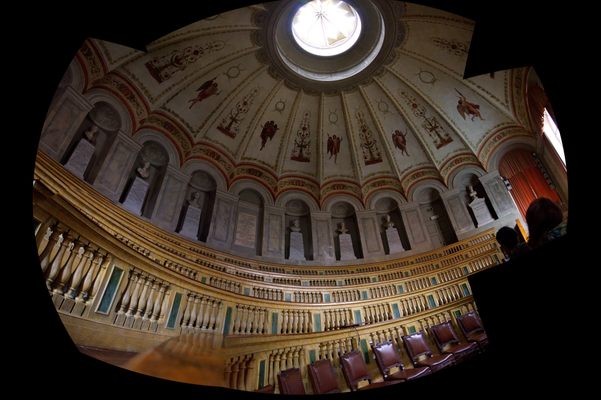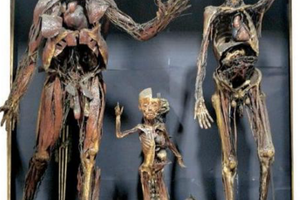About
Though Italy is home to many wonderful anatomical theatres, sandwiched among the myriad glories of the Museums of the University of Pavia is a secret swirling temple of medical science that sets itself apart from the crowd.
Constructed in the 1780s as a lecture hall for blooming young surgeons and doctors, Pavia's anatomical theatre was a place where scholars – led by giants of the Enlightenment like Antonio Scarpa – would dissect the dead as students would line the surrounding steeply pitched tiers, picking up as much information as possible. In the later years, such anatomical theatres were used to operate on not-yet-dead, in hopes of curing them, while eager students leaned in with the hope of picking up life-sustaining secrets.
Despite being overshadowed by its more famous cousins (like the world's oldest anatomical theatre, located a stone's throw away in Padova), Pavia stands apart for the stunning frescoes adorning its walls. High in the recesses of its domed ceiling, this dissection theater alone is unique for the uncommon level of attention paid to those details diametrically opposed to the visceral, terrestrial aspects of the human body in its most delicate condition.
The tension between these worlds – ghosts of our medical past splayed a table, lithe angels wielding medical tools in the rafters – makes for an electric atmosphere. Charged with a history of centuries of overlap between arts and science, Pavia's anatomical theatre is a treasure for its ability to remind visitors that such seemingly disparate fields weren't always so far apart as they can, at times, seem today.
Related Tags
Flavors of Italy: Roman Carbonara, Florentine Steak & Venetian Cocktails
Savor local cuisine across Rome, Florence & Venice.
Book NowCommunity Contributors
Added By
Published
January 27, 2016





















